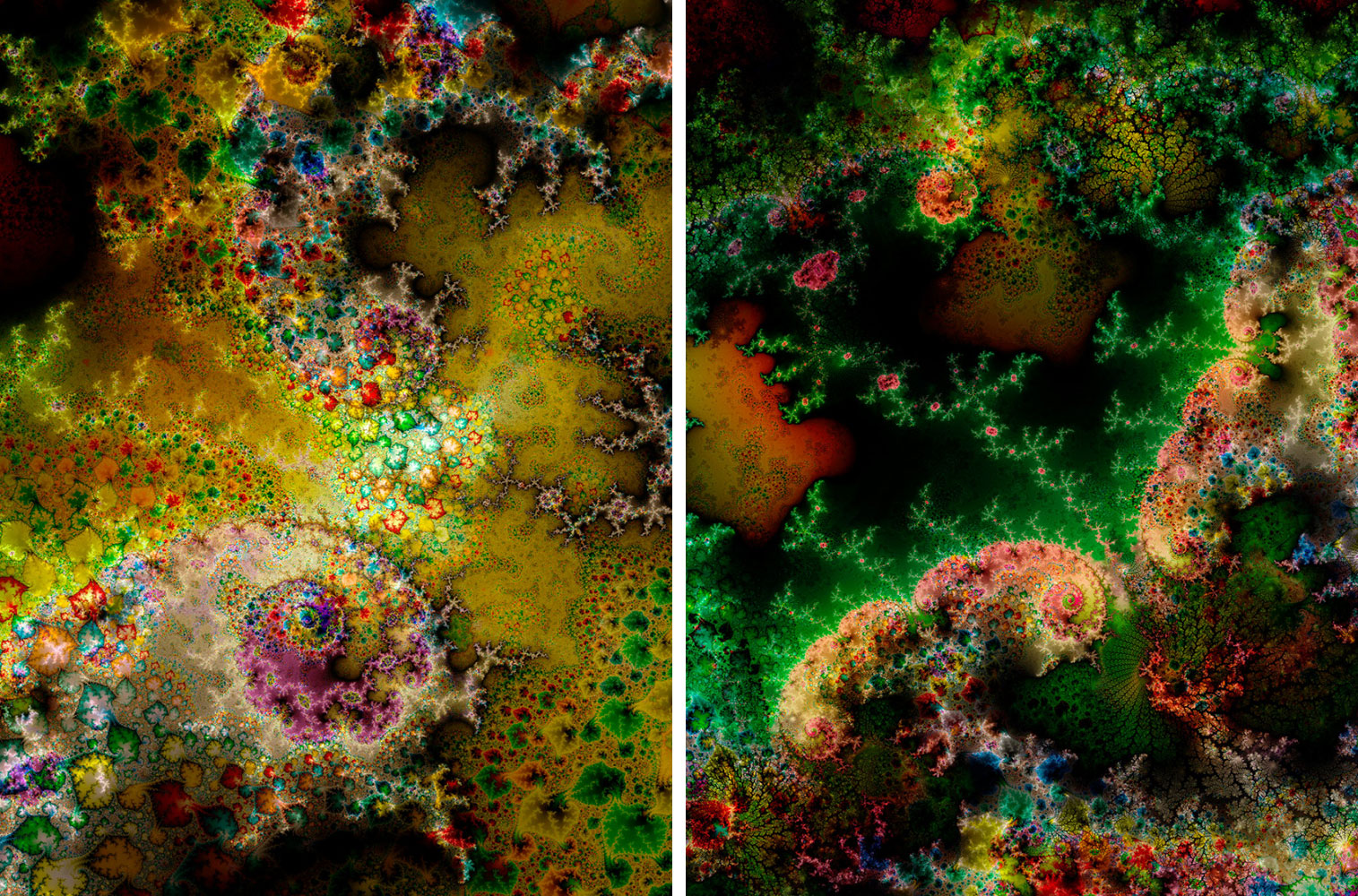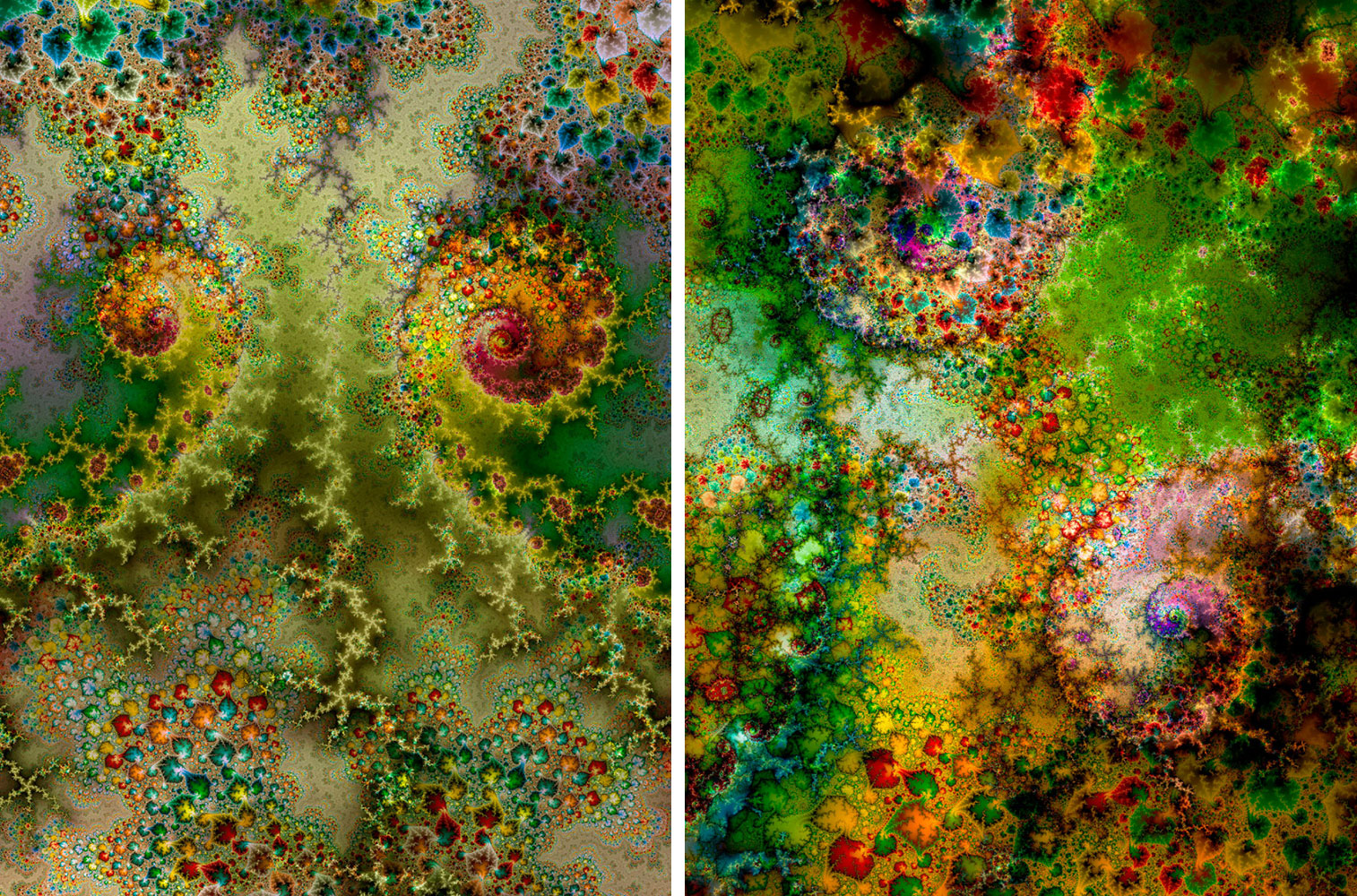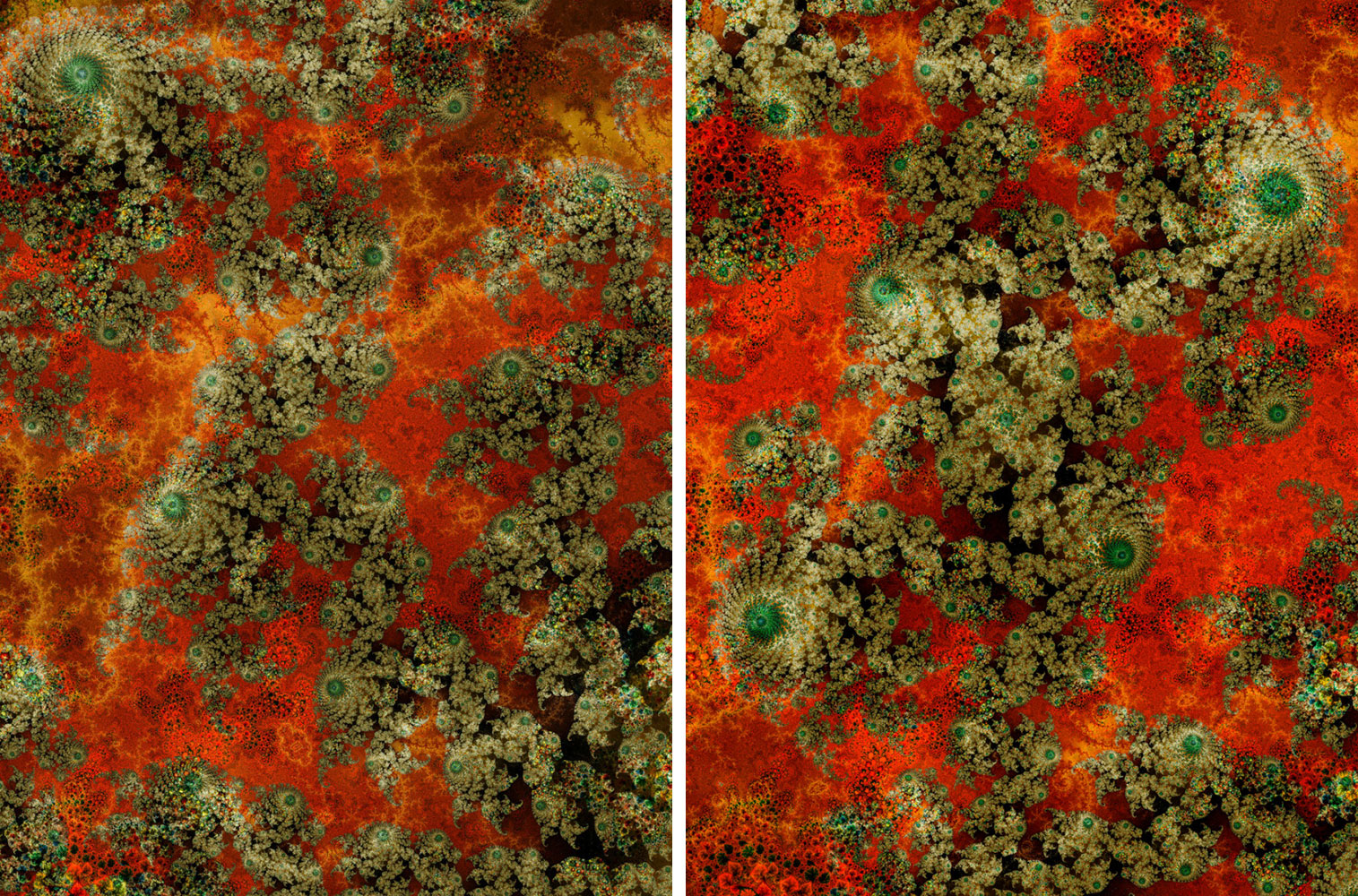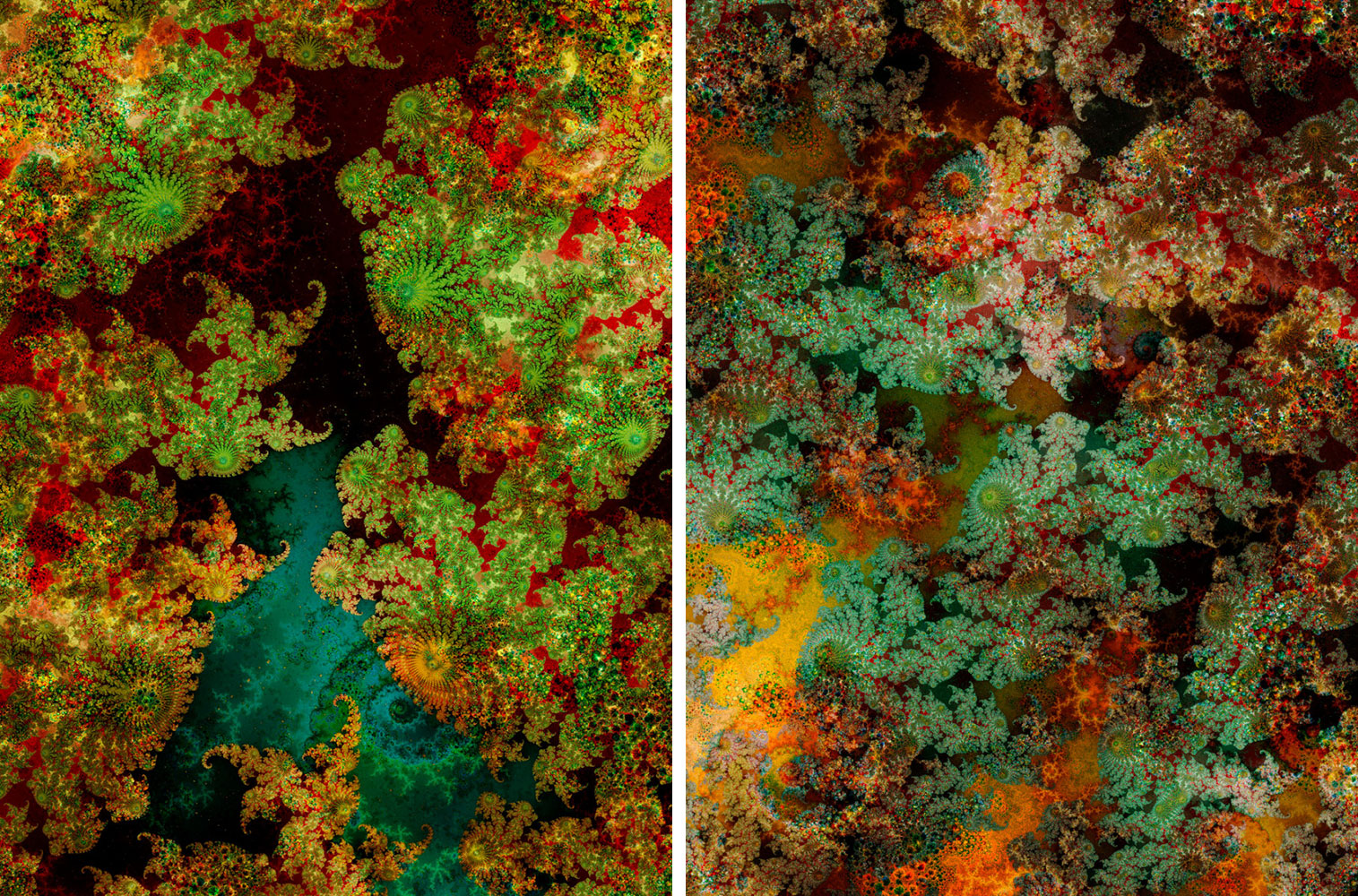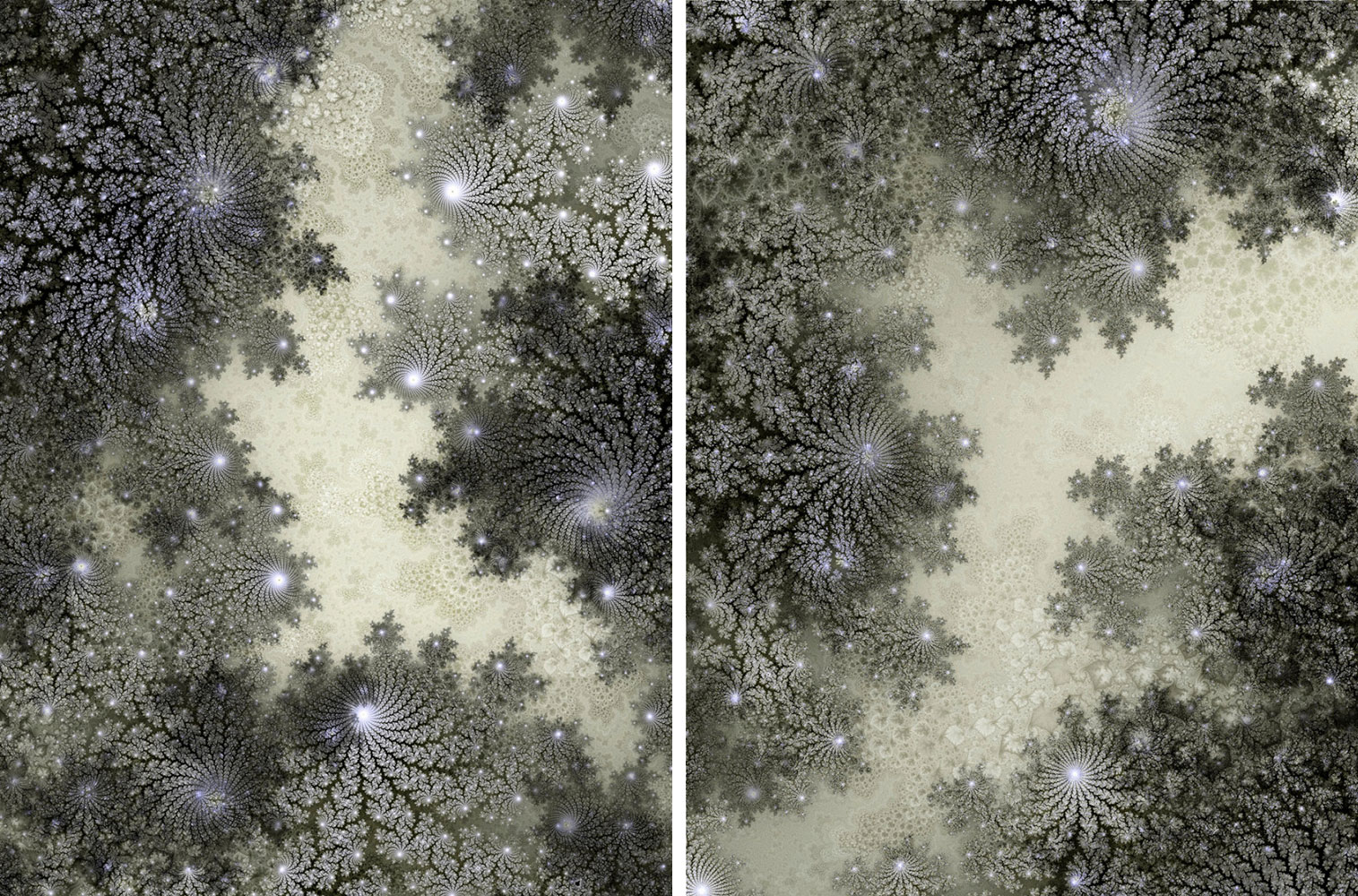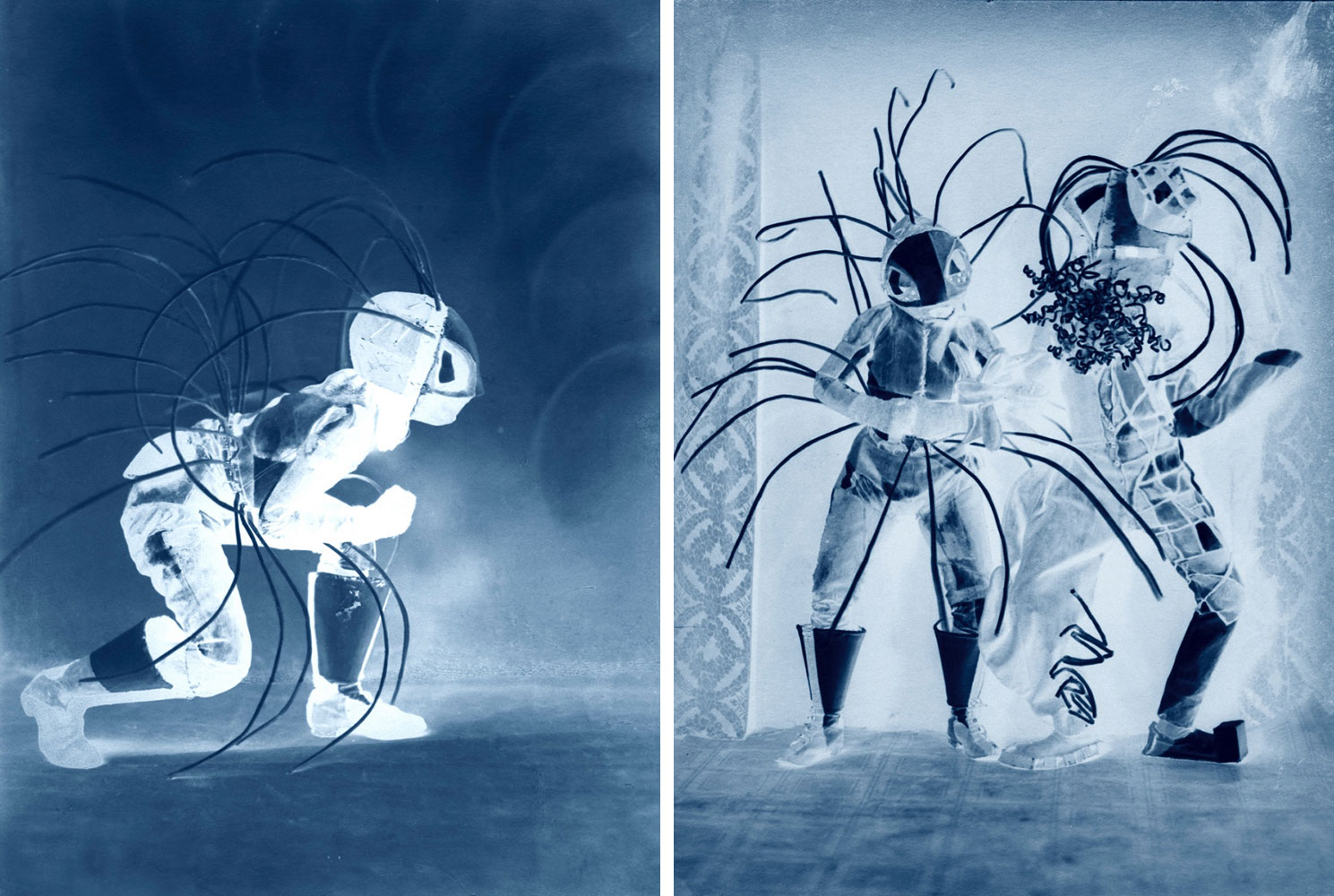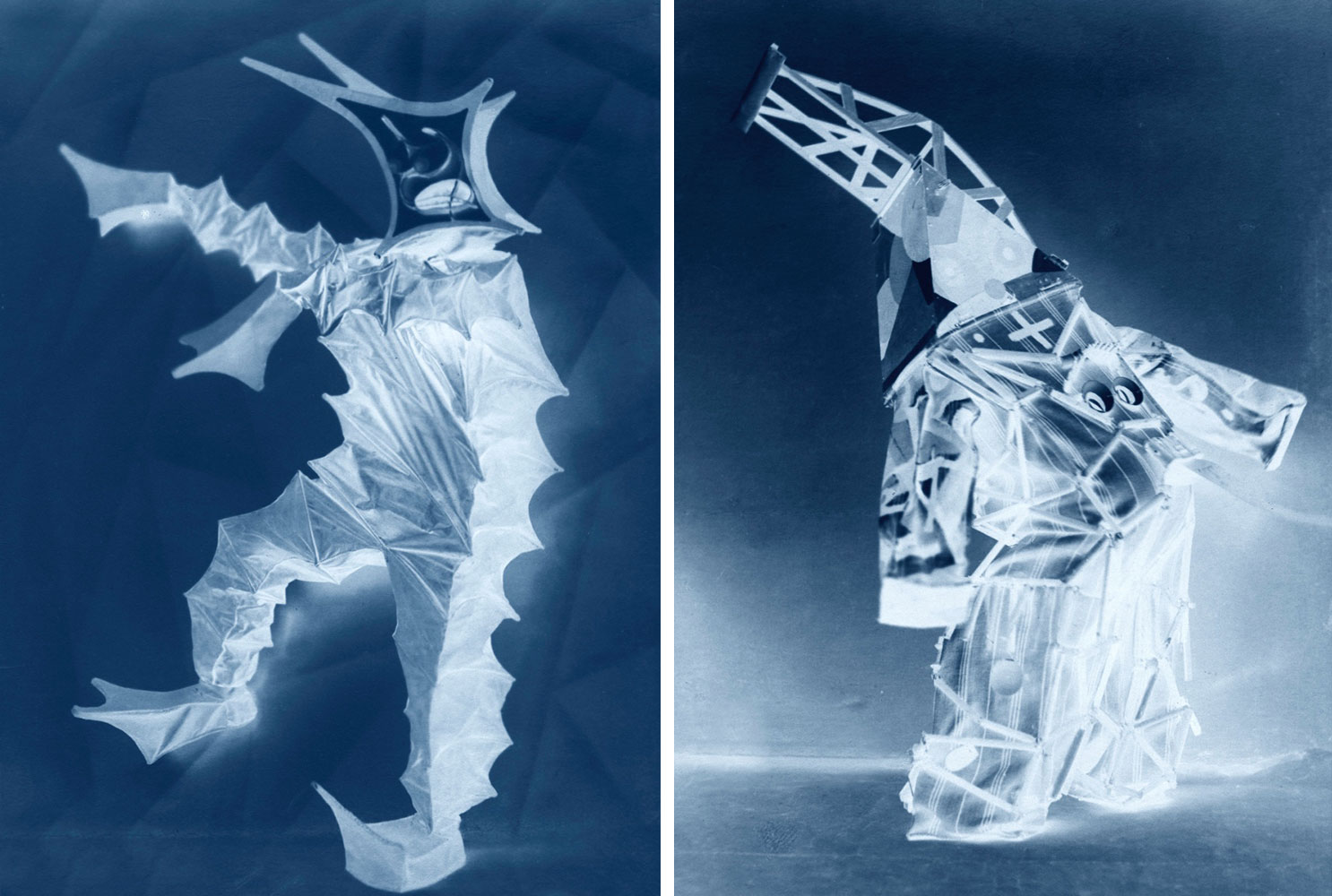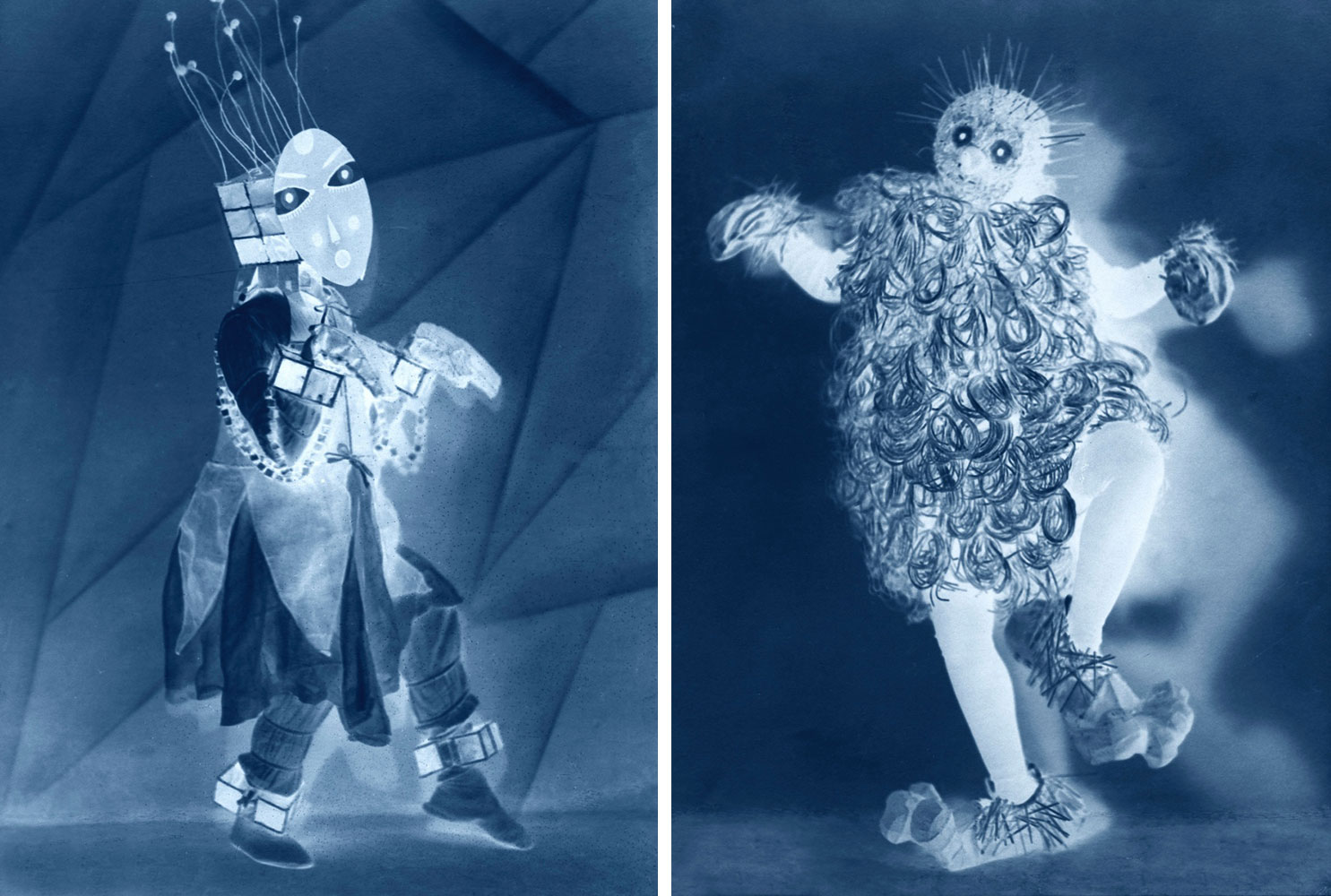PHOTO: Thomas Ruff
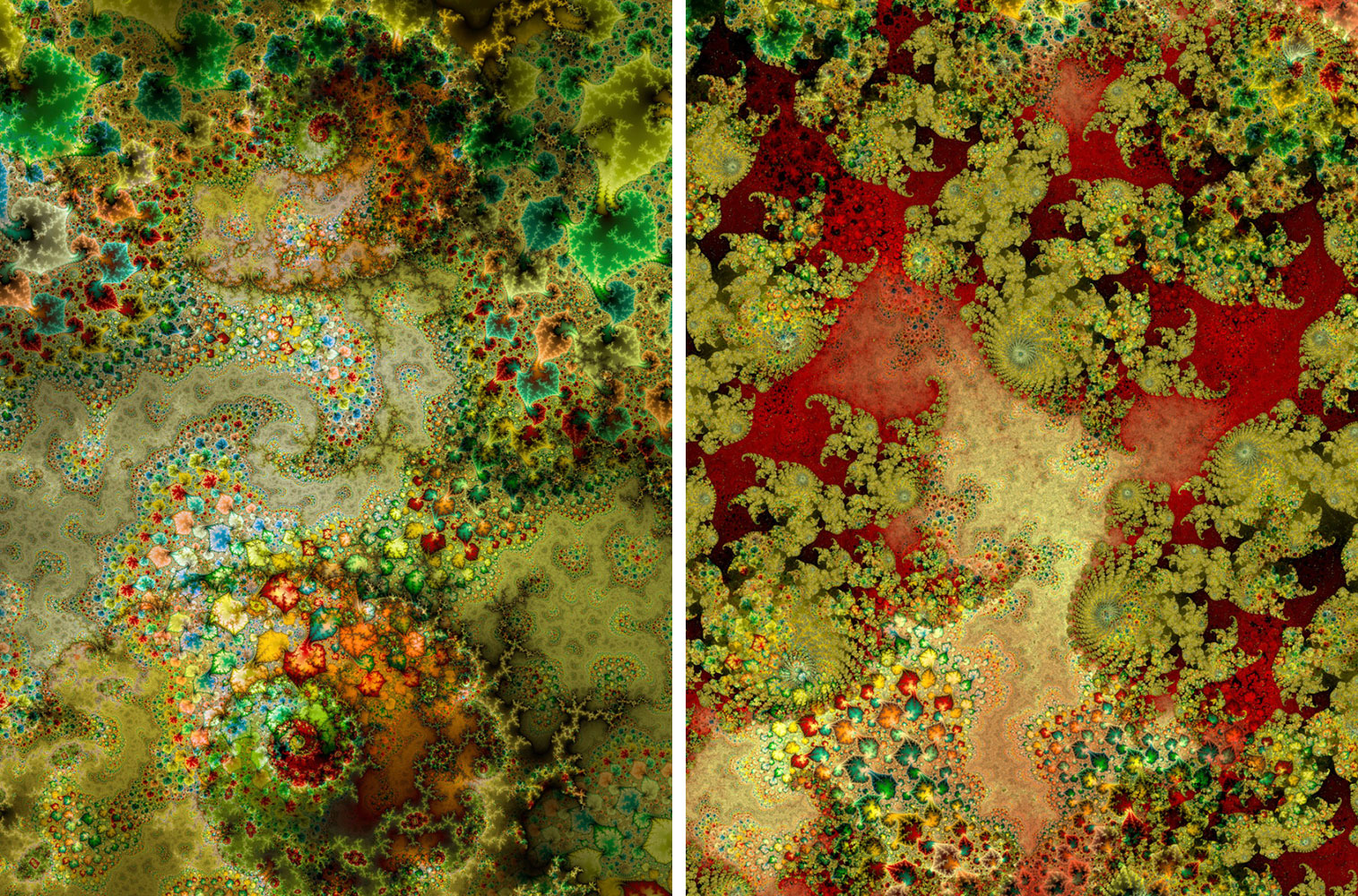 Since the late 1970s, Thomas Ruff has been investigating the internal rules and structures of the medium of photography throughout various series. In doing so, he is equally interested in both the various genres of photography and the different photographic techniques. He analyzes the photographic genres for their visual meaning and expressiveness. In doing so, he uses all photographic techniques and methods known to him – analog and digital photographs, images created on the computer, as well as found photographs from books, magazines, newspapers, scientific or private archives, and images circulating on the Internet.
Since the late 1970s, Thomas Ruff has been investigating the internal rules and structures of the medium of photography throughout various series. In doing so, he is equally interested in both the various genres of photography and the different photographic techniques. He analyzes the photographic genres for their visual meaning and expressiveness. In doing so, he uses all photographic techniques and methods known to him – analog and digital photographs, images created on the computer, as well as found photographs from books, magazines, newspapers, scientific or private archives, and images circulating on the Internet.
By Dimitris Lempesis
Photo: Mai 36 Galerie Archive
Thomas Ruff presents new wors from his series “Negative” and “d.o.pe.” In the “d.o.pe.” series the artists explores the visual appearance of geometric structures, for which the mathematician Benoît Mandelbrot introduced the term ‘fractal’ in 1975. These are ‘naturally’ appearing objects, structures or patterns that exhibit a high degree of self-similarity, so that when a section of the pattern is enlarged, the same structure can be seen again and again. Using fractal software, he created a wide variety of images of sections of the so-called Mandelbrot set, which he then superimposed to create psychedelic pseudo-imitations of nature. He has the finished motif printed on velour rugs, to be hung on the wall as ‘tapestries’, suggesting a seemingly spatial depth and a soft nature-like surface. With this series, Ruff succeeds, on the one hand, in making visible the visual beauty of mathematics, which becomes apparent when immersed in the fractal world, and, on the other hand, in generating images that appear natural but are completely artificially produced. With the “d.o.pe.“ series, Ruff once again delves into the world of mathematics after the zycles, exploring the visual beauty of complex mathematical formulas and algorithms. If the zycles are visualizations of formulas from the field of linear algebra, the fractal patterns underlying d.o.pe. are extensions of Euclidean geometry. The self-similar structures of fractals occur in simplified form in nature, for example the structure of a snowflake, but they can also be created as a digital image in virtual space in both two and three dimensions. The link, that fractals are both natural and artificial structures at the same time, was confirmed by the artist in his ongoing investigation of human perception. What is reality? The world that is in front of the eye or a constructed, virtual reality. And what if real reality and constructed fiction become indistinguishable? “Negative” are a direct result of Ruff’s photogram process, during which he has constantly explored the dynamics of positive and negative imagery. The white and slate-blue images are inverted versions of early-twentieth-century nude studies. Reversing the negative’s role as a means to an end—the master image from which the print is created—Ruff digitally transforms sepia-toned albumen prints into dramatically contrasting negative portraits, imbuing the posing nude subjects with sculptural dimensionality and white marble skin tones. Exploring historic techniques with a consistently inventive approach, Ruff continues to expand the subjects, possibilities, and appearance of photographs. Thomas Ruff is showing for the first time the “neg◊laviniaschulz” subgroup from the series of “Negative” expressionist dance studies of the dancer Lavinia Schulz and the actor Walter Holdt in full-body masks, which they both designed together in the early 1920s. The starting point of the series are photographs of the 19th and 20th century, which have a typical brown patina and whose motifs cover the entire range of historical photography. When these photographs are inverted (reversing the positive into the negative), a high-contrast blue tone emerges, and the compositional design comes to the fore. Thus, the negative, the actual ‘original’ of a photograph, which threatens to disappear completely due to the triumph of digital photography, becomes the object of contemplation.
Photo Left & Right: Thomas Ruff, from the “d.o.pe.” series, colaris print on velour carpet | edition of 4 + 1 AP, Each: 105.12 x 78.74 in (267 x 200 cm), © Thomas Ruff, Courtesy the artist and Mai 36 Galerie
Info: Mai 36 Galerie, Raemistrasse 37, Zurich, Switzerland, Duration: 31/3-27/5/2023, Days & Hours: Tue-Fri 11:00-18:30, Sat 11:00-17:00, www.mai36.com/
